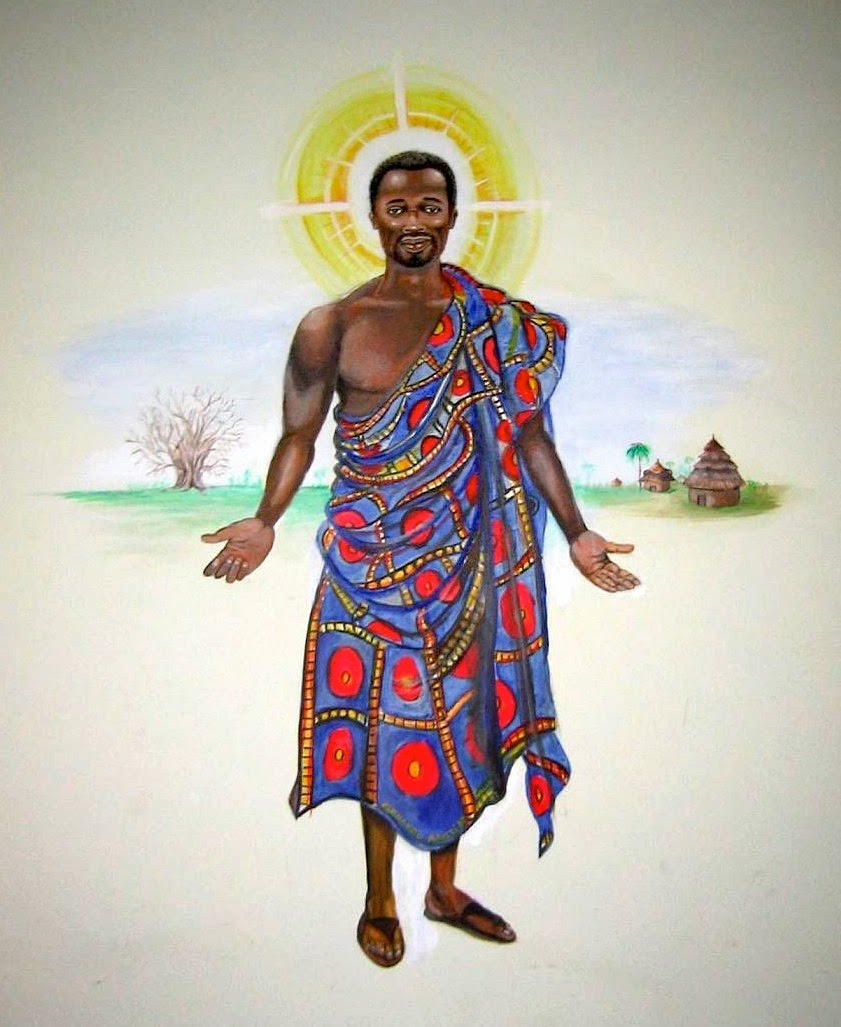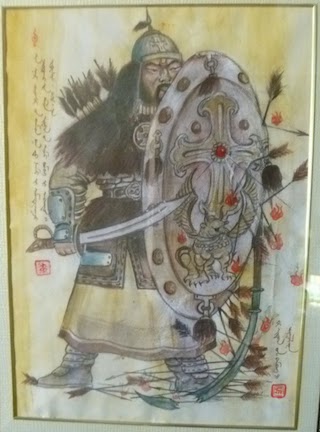Please Note: All posts on this blog are intended for informational purposes only, not as an evaluation or endorsement of any artist, art form, organization or website. If you have concerns about the accuracy of any information presented please contact the author at hmsarthistorian@gmail.com.
.jpg) |
Soichi Watanabe, The Bamboo-Emptiness-Flexibility-and-The Holy Spirit, 2008.
Oil on canvas, 18" x 15". |
Soichi Watanabe, a Japanese Christian painter, was born in 1949. In his work he seeks to answer the question, "What is the ideal form of art for Christian art in Japan in the present age?" He teaches art at a private art school that he founded in 1982 in the city where he lives, Koshigaya City, Saitama. His
influences include many ancient forms of art along with varioius 20th century abstract artists.
Watanabe
writes:
"In 1972 I read in a book by Albert Schweitzer that when we encounter Jesus, we don't know who he is. When the disciples encountered Jesus by the seaside, they didn't know who he was. But they followed his call. Schweitzer heard God's call when he came across an appeal in a newspaper for doctors to be missionaries in Africa. After ten years of studying medicine he threw away the status of professor of theology and professional organist and followed Jesus. I was led to the Christian faith by some teachers, friends and books. Now I realize that these persons and these books were really Jesus by the seaside."
To read a devotional reflection on Watanabe's painting above,
The Bamboo-Emptiness-Flexibility-and-The Holy Spirit, click
here. Another devotional reflection on a different painting by him can be found
here. For more examples of his work, click
here. And
here is a bio of the artist.
Below are two of my favorites:
 |
| Soichi Watanabe, We are One in Jesus Our Lord. |
 |
Soichi Watanabe, Lotus - The Grace of God (Ephesians 1:7), 2008.
Oil on canvas, 21" x 18". |







.JPG)














.jpg)









.jpg)









.JPG)


